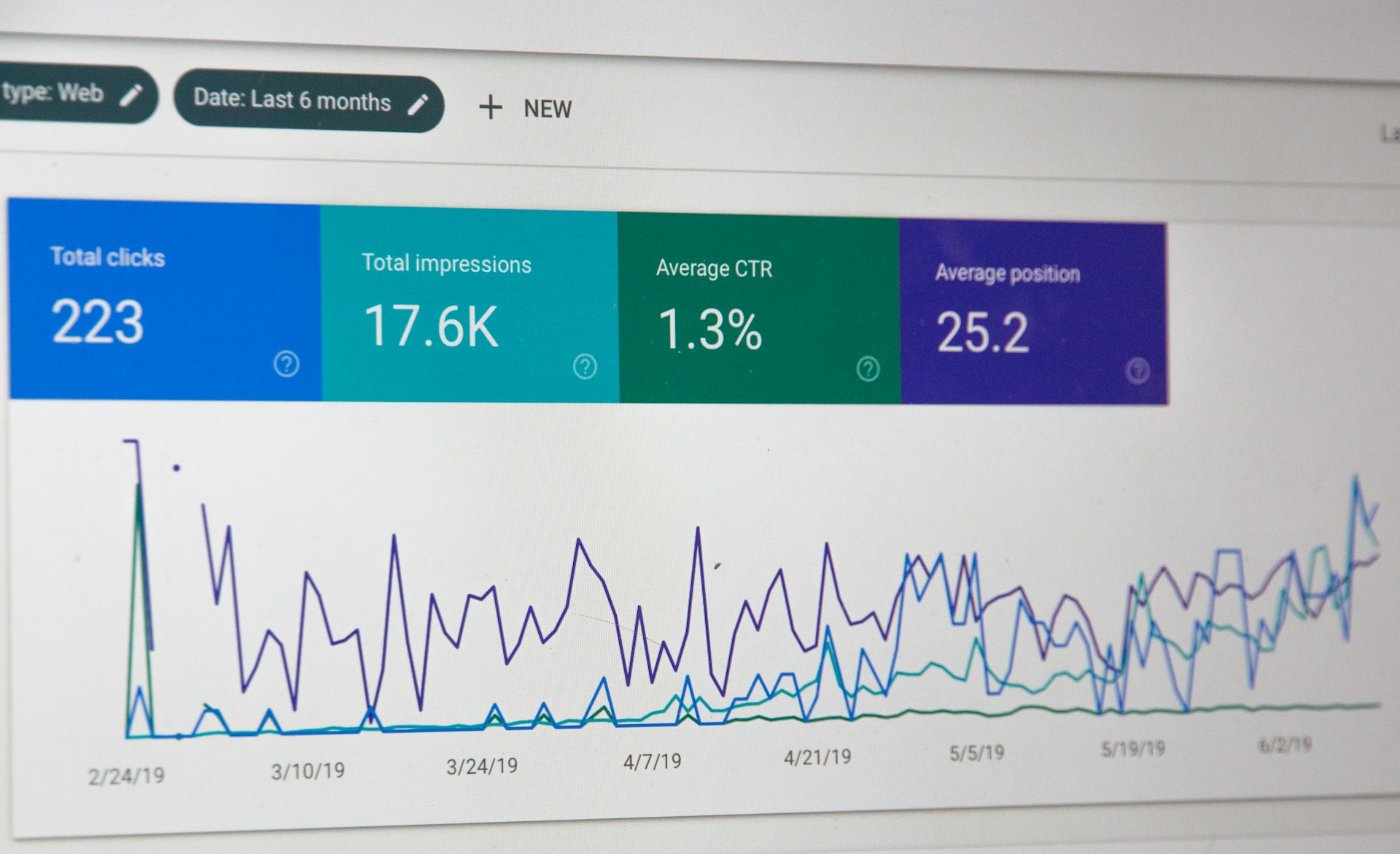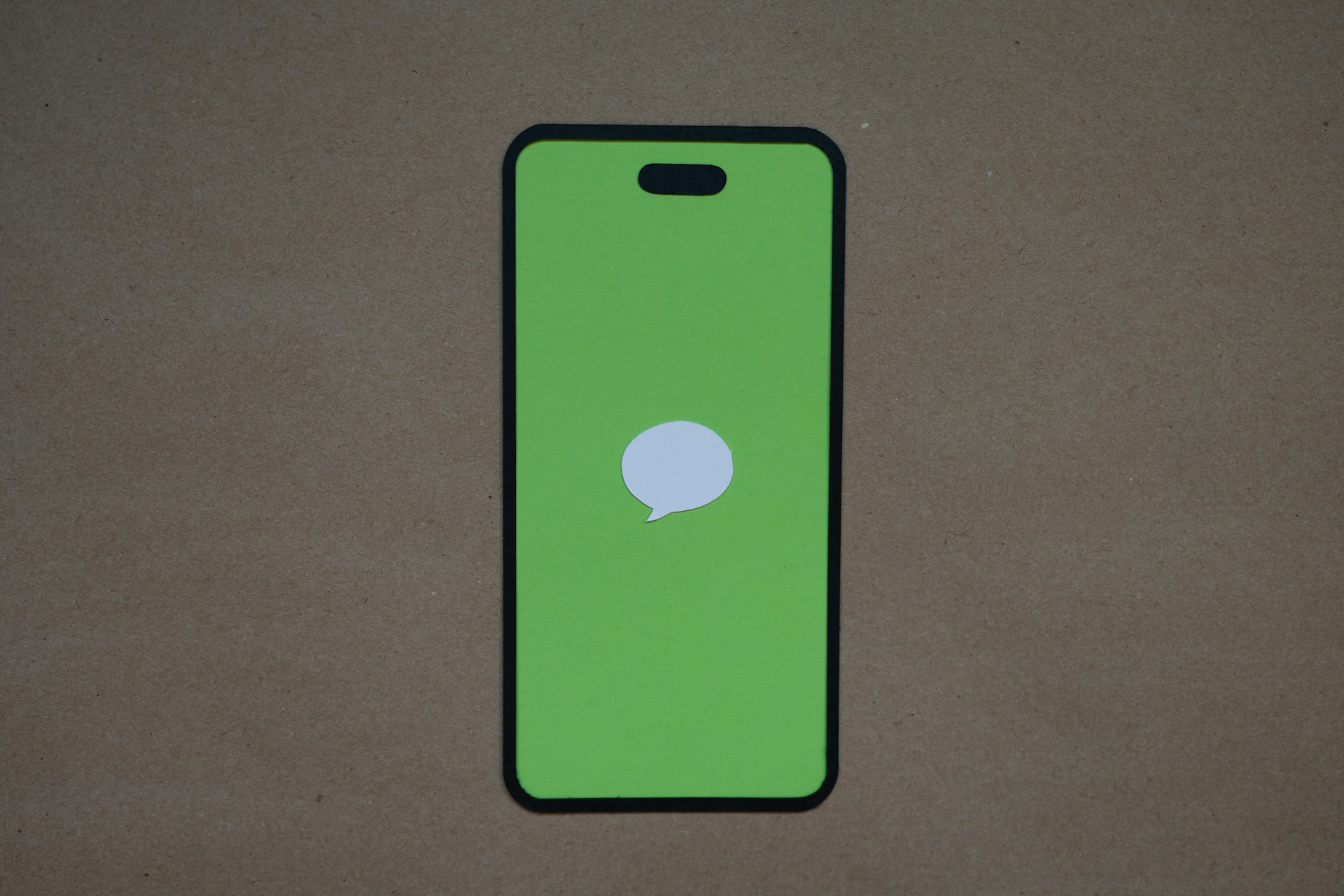Since 2012, Never Settle has been designing websites that not only win awards, but win business. UI/UX web design may be visual, but the strategies and user journey that are mapped out before a mouse even touches a pixel are what determines whether a website will work or not.
It’s like building a road - You want users of your road to get from A to B safely and efficiently. You can make your road as engaging and visually appealing as possible, but if users never get to point B, the road hasn’t done its job.
Speaking of jobs, your website has a very important one. When you think about it, all of your brand’s marketing is directed to your website:
- Paid Search Ads - Point to your website
- Paid Display Ads - Point to your website
- Paid Social Ads - Point to your website
- Social Post Links - Point to your website
- Email Marketing Links - Point to your website
Unless your goal is simply to build brand awareness or have users download an app from an app store, your website has the most important job of your entire marketing stack.
So how do you design a website for conversions?
Hold up - What’s a conversion?
A conversion is the action you want a visitor to take, such as making a purchase or giving you their contact details.
What a conversion looks like will different between every business, but the end goal is always the same - To get a user to do what you want them to do.
Throughout this guide, we’re using the term ‘Conversion’ loosely, but all you need to know is we’re focusing on having the user do what you want them to.
Which would you rather have?
Two websites both sell the exact same thing, are marketed in the same way but have different design strategies.
Website one gets 1,000,000 visitors every year and has a 1% conversion rate.
Website two receives 200,000 visitors every year and has a 10% conversion rate.
While the first website sounds impressive with its one million visitors per year, it’s actually doing a much worse job at generating business than the second website. That’s because the second website has a higher conversion rate.
Looking at the math:
1% of 1,000,000 = 10,000
10% of 200,000 = 20,000
Website two receives 5X less traffic than website one, but it generates 2X more conversions.
We’re not saying to not worry about website traffic completely, it’s an important metric, what we’re saying is it is the conversion rate that determines the success of the business.
What is Conversion-Focused Design?
Simply put, Conversion-Focused Design is all about putting the user first and helping them get to the point of conversion. It’s about the paths you intentionally build to make it as easy and as natural as possible for a user to feel like they have found their own way to convert.
It’s definitely not about annoying pop-ups, banners, flashy buttons and scammy sales tactics that make users feel like they are being forced to convert. Users are smarter than you might think, and while having a CTA button always visible in a viewport is a tactic, the greatest success comes from users who felt like the decision to convert was made by them.
Going back to our road analogy, to ensure users of our road get from A to B we need to make sure:
- The road is well sign-posted and easy to follow with clear information
- The road feels safe and is easy to use
- As users journey along the road, they like what they see, making arriving at Point B feel special
The same principles can be applied when designing a conversion-focused website:
- The site has easy to follow user journeys with multiple paths for the user to choose from
- The website communicates effectively with the audience and is easy to use
- As users are exploring the website, they feel a sense of trust and effectively want to convert
A mistake a lot of designers make it to dive right in and start playing with layouts. Before we even get to this stage we need to:
- Understand the audience
- Understand their behavior
- See what competitors are getting right and wrong
Only once we understand these principles do we even begin to think about the visuals.
TLDR; Conversion-Focused Design is all about having a strategic approach to website design that prioritizes guiding users to the point of conversion.
Key Principles of High-Converting Web Design
Every business is different, therefore every website needs to be different to best perform to that businesses’ needs. There’s no ‘one size fits all’, but there are some general principles that designers should follow when designing a high-converting website.
To break it down simply, there’s a variety of ingredients needed to bake the perfect conversion-focused website:
Understanding The Audience
Who are your target users? What are their online behaviors like? Do they prefer mobile or desktop use?
These are just some starting questions, but as you start to dig deeper to understand who you want to use your website, you start to uncover patterns that can inform your design.
Older folks who tend to use tablet devices and have low online trust - You need to design to accommodate their needs.
Younger folks who are on mobile devices and have a higher understanding of technology - A completely different audience you need to design for.
Before designing anything, understanding your users is the single most important step. If you know what makes your users click then you are 50% of the way there already.
Understanding Competitors
Success leaves clues. What are your biggest competitors doing that is helping them be so successful?
Put yourself in their audience’s shoes and use their website as it is intended. What do you notice? Is there anything you could mimic or improve?
More importantly, what doesn’t work? Are there any opportunities they may have missed that you could adopt?
Your users are likely going to be comparing you with your competitors, so doing this comparison yourself will help uncover intel that could inform the design of your website and ultimately make it even better.
Multiple Paths
Users don’t like feeling like they are forced down a single path towards conversion. It can feel salesy and offputting if a user has limited choices to explore.
That’s not to say a user should get lost in a sea of content; there needs to be structure and paths for them to make their own decisions towards conversion.
By having multiple paths planned out, you can accommodate every type of user in your audience. Those who are maybe a little more cautious and need more information, those who may be a returning user and already have a grasp of what you do.
Ultimately it’s about creating clear paths with no barriers that give users choice of how they get to where you want them to go.
Less Clicks
Clicks create fatigue. While it’s not avoidable it is controllable in terms of how many clicks are required to help a user get to the point of conversion.
That’s not to say you should only build a single page website, there still needs to be order, but having as few clicks as possible helps increase conversions.
While a click may seem like very little effort, psychologically having to wait that fraction of a second for a page to load again and for a user to then become acquainted with the content builds up over time, creating frustration.
This is particularly true if you run an ecommerce site - Too many clicks before checking out can reduce conversion rate dramatically.
Easy Opportunities
Don’t make user have to work to convert. Once users are convinced they want what you’re offering it should be as easy as possible for a user to give you their details or their money.
Unnecessary barriers, sparse call to actions and complex forms or checkout processes can all prevent a user from converting.
Converting should be a click a way at all times, ideally from the navigation and the content, perhaps even the footer and the user should be able to convert after that click.
User Psychology
The biggest thing designers get wrong is not treating users like humans. As a human yourself, you should have a fair grasp on how we work, so it’s surprising how many websites treat their users as anything but human.
What does this look like practically?
- Font sizes that are legible.
- Padding that allow elements to breathe.
- Breaking up walls of text with imagery or videos.
- Interactions that assist the user not distract.
It’s difficult, but it’s simple. A website designed to convert should be a website designed by humans, for humans.
Design Strategy
There’s a ton of research on button colors, sizes, placement and more. While important, it can be easy to become distracted by smaller details that don’t have as big of an effect on the overall conversion rate of a website.
Get the basics right first:
- Ensure your website is on-brand using your typefaces, colors, imagery etc
- Ensure your website follows your brand’s tone of voice
- Ensure pages feel like they have hierarchy - An overview page should feel different to a product page
If a user lands and is familiar with your brand, your website should feel instantly familiar. This builds trust and starts nudging users closer to conversion.
This is far more important than studies of button color.
Communication
Websites are effectively tools for communicating your brand, your message, your service, your products and your USP. In their most basic form websites are text, image and video arranged in a way that makes digesting content as easy as possible.
With this in mind, it’s therefore important to ensure your website is speaking to your users effectively. The simplest first step is to ensure you have a Content Plan, a list of pages that map out what your website looks like from a bird’s eye view.
This in combination with your user journey will help you start to create a picture of what’s needed from your website. The pages needed for each topic you want to communicate and the path users take in order to get there.
TLDR; The design part of Conversion-Focused Website Design is actually the smallest and easiest part of the process. Master the strategy before putting mouse to pixel.
Essential Elements that Drive Conversions
Every business is different, therefore every audience is different, therefore every website should be different.
There’s not a list of hard rules every designer should follow, but there are guidelines we always follow, which allow us to create websites that generate genuine ROI for our clients.
Natural Navigation
The single most important element on any website. If a user can’t get to where they want to or see what’s available to them, they are likely to leave.
Imagine an elevator without clearly labelling what floors are available - Users aren’t going to trust it and aren’t going to want to stick around for long.
Navigations haven’t changed much since the inception of the internet. They’ve visually become more impressive and some have solved problems of having a large number of menu items, but the general principle is always the same.
Navigations designed for conversions tend to:
- Always have the navigation at the top of the viewport
- Bonus for navigations being visible when a user scrolls up
- Offer access to almost any page on the website with a single click
- The logic of the navigation remains the same between desktop and mobile
Depending on your business, the steps to conversion may be more complex. You may require users to go through several steps before they can convert, such as choosing a product and the variants available.
Even so, getting to the start of the conversion process should be readily accessible at all times right from the navigation.
Justified Journey
Perhaps your business is complex and users have to go through nine different stages before they can convert. If that’s unavoidable and it’s already the simplest it can be, at least make it justified.
Make each step feel like it has a purpose, by actually giving it a purpose. If a user needs information before they can continue, ensure that information is easily digestible.
Be upfront with users on the number of steps required and how far along they are in the journey.
And if your business is simpler and doesn’t require multiple steps, then don’t show this information.
Ultimately ensure that the journey a user is on feels like it is needed and isn’t an unnecessary step.
Simple Forms
Whether you’re asking users to give you their contact information or you’re asking users to make a purchase, the final step for all conversions is usually a form of some sort.
Therefore it’s essential that your forms are as simple as they need to be. Don’t require a user’s phone number? Then don’t ask for it. Less fields feel like less effort.
You’ve worked hard to get users to this point of conversion, don’t lose them because the form you have designed feels like too much work or hasn’t been designed well.
Minimal Checkout Barriers
We’re all for upsell opportunities if they’re justified, but having multiple steps just for users to give you money is going to result in a poor conversion rate.
Checkout pages should ideally be a single page and that’s it. Unless you’re selling something complex, users are used to a standardized checkout process and yours should follow this.
Barriers that stop users completing their checkout order such as asking if they want to add anything else to their basket, asking if they are already a member, asking if they want 10% off if they sign up can sometimes be effective sales tactics, but they can also be hugely offputting.
Imagine being in a store and trying to buy something at the checkout, but the sales person keeps asking you questions. You become more and more frustrated as you just want to complete your purchase. In a store it’s harder to simply walk away, online it’s easy to close a browser tab.
Trust Signals
This should be a given, but your website should feel like every other brand touch point a user has had up to now. Your website should feel on-brand, familiar and a part of the overall user experience.
Heavy interactions, salesy language, pop-ups and banners can all feel off to a user, especially the closer they get to conversion.
Users need to feel like they are in control at all times, particularly when it comes to conversion. If your product or service is of a high value, users are going to be even more sensitive to how your site looks and behaves.
TLDR; Creating a high-converting website can be over complicated a lot of the time. Getting the basics right and keeping on-brand are far more effective than trying to be different.
Conclusion:
Designing websites for conversion is simple, but it’s not easy. Understanding audience behavior is half the effort before starting to map out user journeys and content.
The good news is once these strategies are in place, it makes the design significantly easier. You have already uncovered the answers, now it’s about designing to meet those requirements.
Find this overwhelming? Never Settle might be able to help. We’ve been designing and developing websites for conversions since 2012, from Ecommerce to Service-based businesses. If you think partnering with us may help you grow, get in contact with us today for an informal chat about how we could work together.




























